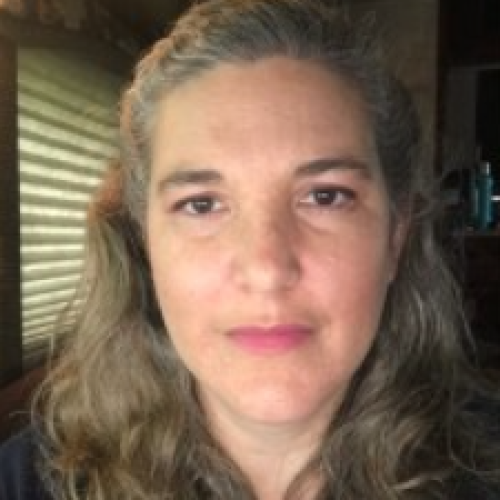The youngest child of Holocaust survivors, Ed moved to the United States at age 10. At 16, he served as a medical clinic janitor where he discovered his healthcare calling. Ed took successive positions as combat medic, anesthesia tech, strategic planner and technology manager. He quickly learned how the convergence of clinical, business and digital saved lives. His passion ignited, he jumped feet first into technology and operations in the C-Suite of Cleveland Clinic, NYC Health & Hospitals, Texas Health Resources and University Hospitals.
Intermixed, Ed served the supplier side as well. He was CEO for consulting firm Divurgent, global CDO for Tech Mahindra Health & Life Sciences and CIO of the Advisory Board. Concurrently, he served 15 years as an Army combat engineer officer and combat medic. Today, Ed is focused on his own advisory practice.
Ed does a fair amount of speaking, writing and podcasting. He authored healthcare bestsellers including “Voices of Innovation” and “Healthcare Digital Transformation”. He is currently writing a book for Mayo Clinic on “Patient Experience” and “Voices of Innovation - Payers”. His podcast “DGTL Voices” is “Top 3%” globally. His Blog, CEO Unplugged, surpassed 1M views. Ed recently started a YouTube channel to expand his audience.
Most importantly, Ed is husband to Simran who holds a Doctor of Nursing (DNP). They love to dance and climb mountains. They have 5 grown children and 4 grandchildren. To stay fit, he is captain of TeamUSA Triathlon.
For more career information you can find me:
Twitter https://twitter.com/marxtango
LinkedIn https://www.linkedin.com/in/edwardmarx/
Website https://www.marxadvisory.com/
YouTube https://www.youtube.com/@EdwardMarx








